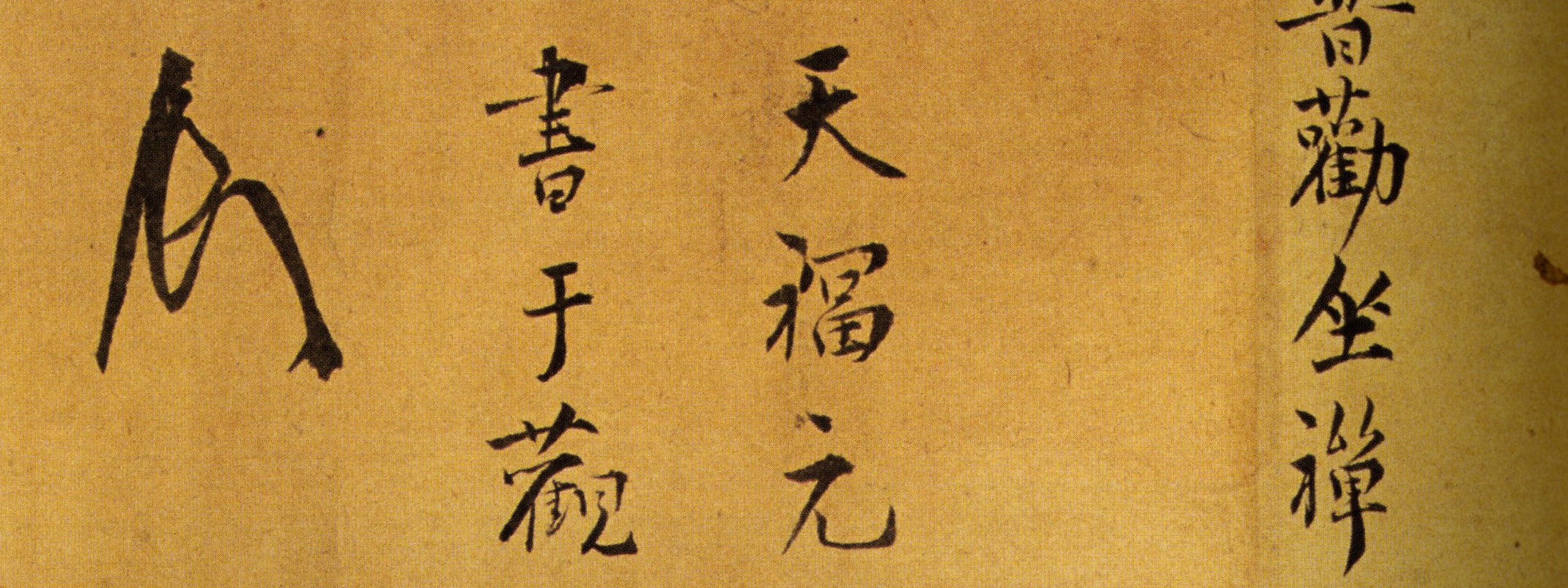Dōgen’s calligraphy is a carefully orchestrated performance. That is, it does precisely what it asks its readers to do: it sits calmly, evenly, and at poised attention in a real-world field of objects. The manuscript’s brushstrokes and entire aesthetic layout enact seated meditation.
The Fukanzazengi falls into a completely different genre of Zen writing from the sorts of expressive and creative manifestations, much-favored in museum exhibitions, in which dynamic interpretation is paramount. Instead, the Fukanzazengi is a pedagogical and didactic guide in which legibility is crucial, the function being to teach adherents, clearly and methodically, how to do seated meditation. In support of this assertion, I offer an extended visual analysis of the performativity of the manuscript’s calm and measured calligraphy.
